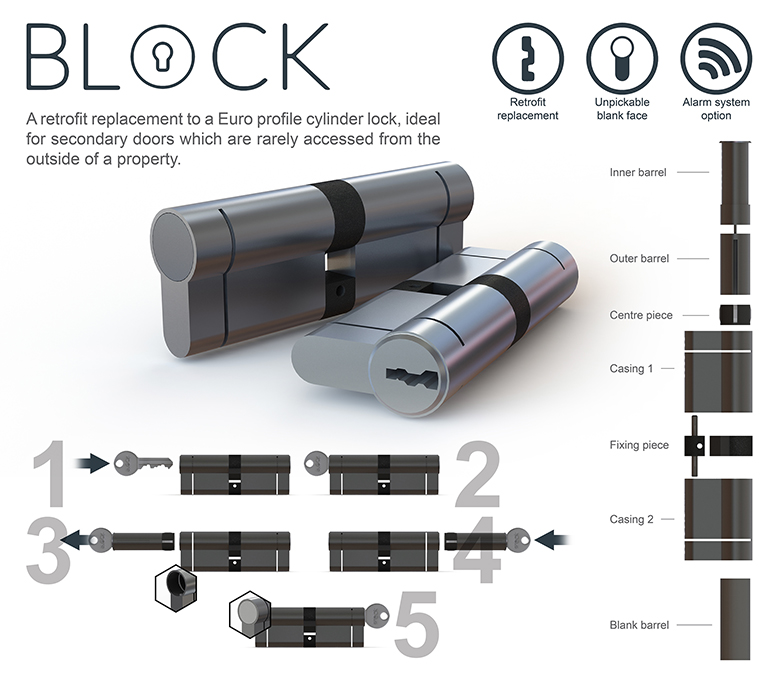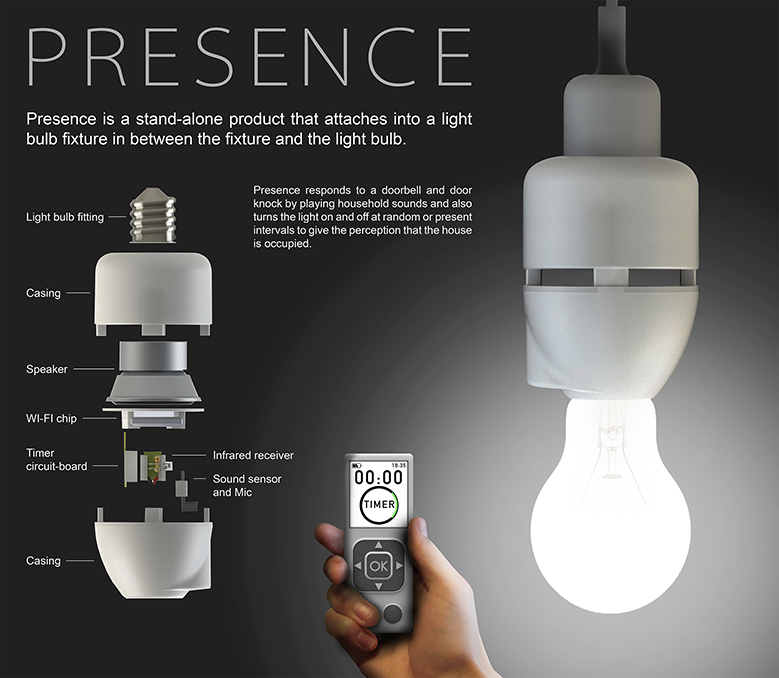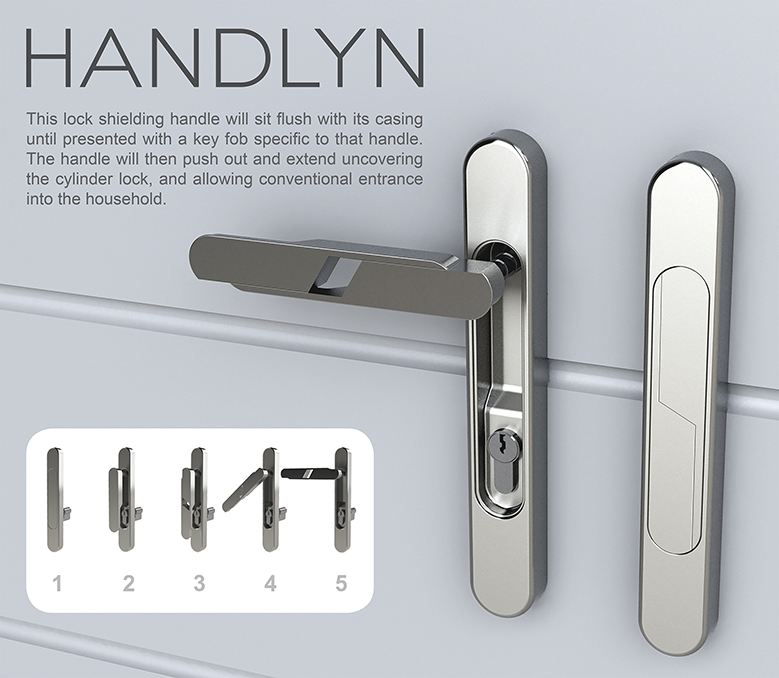Product Design students thwart the thieves
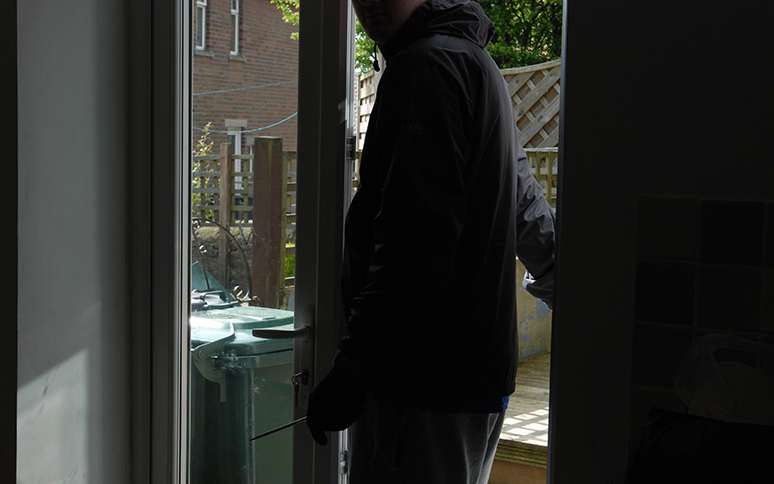
Wed, 01 Jun 2016 10:54:00 BST
A range of anti-crime products designed by Huddersfield students catch the eye of an expert crime prevention panel and may soon hit the high street
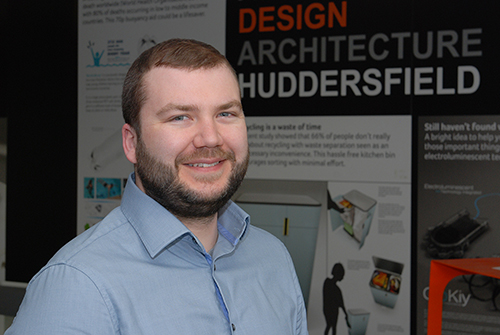 A PROFESSOR’S research involving jailed burglars has led to teams of talented Huddersfield Product Design students, in the University’s School of Art, Design and Architecture, to create original new methods for deterring and thwarting housebreakers. Product manufacturers are already expressing an interest in the designs.
A PROFESSOR’S research involving jailed burglars has led to teams of talented Huddersfield Product Design students, in the University’s School of Art, Design and Architecture, to create original new methods for deterring and thwarting housebreakers. Product manufacturers are already expressing an interest in the designs.
Supervised by lecturer Robert Silkstone, the design students were fed data from Professor Rachel Armitage’s latest research, which revealed the ‘tricks of the trade’ of prolific burglars currently serving prison sentences in Armley Jail, Leeds. Professor Armitage heads the University’s new Secure Societies Institute.
The students then formed small groups and presented their designs to a panel of experts that included Professor Armitage and Chris Joyce, Crime Prevention Officer for West Yorkshire Police, Michael Brooke of Secured by Design, Steffan George who is Director of Business Development for the Master Locksmiths Association, the Training Programme Director Crime Prevention and Designing Out Crime for the College of Policing Janet Caton and Gemma Attiwell, who is Head of Contracts for lock manufacturers Yale. Three winning designs were chosen on the day.
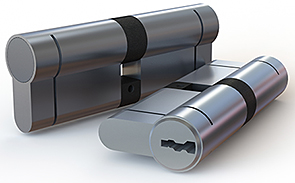 Winning designs
Winning designs
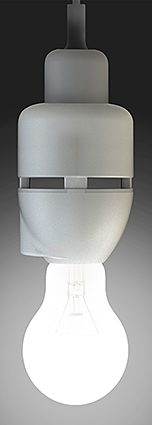 Engaging the interest of the judges was an ingenious device called BLOCK, a door lock that is only accessible from one side at a time. This new style of cylinder lock cannot be cracked open using the “molegripping” technique which is responsible for a high proportion of burglaries. Designed by Benjamin Anderson, Matthew Broadbent, Charlie Brumwell and Edward Dawson, BLOCK reduces the breakage and opening of Euro profile cylinder locks, which are particularly vulnerable at the rear of a property, as a burglar will usually have some form of cover.
Engaging the interest of the judges was an ingenious device called BLOCK, a door lock that is only accessible from one side at a time. This new style of cylinder lock cannot be cracked open using the “molegripping” technique which is responsible for a high proportion of burglaries. Designed by Benjamin Anderson, Matthew Broadbent, Charlie Brumwell and Edward Dawson, BLOCK reduces the breakage and opening of Euro profile cylinder locks, which are particularly vulnerable at the rear of a property, as a burglar will usually have some form of cover.
Also captivating the panel of experts was Presence, designed by Oliver Greenwood, James Hoare, and Calum Marriott-Manning. This stand-alone product attaches to a light bulb fixture and gives the perception that a house is occupied by playing household sounds when responding to a doorbell and door knock. It also has the ability to turn the light on and off, either at random or present intervals.
 The final winning product was HANDLYN, from Channce Farrell, Karl Saxon, James Seal, and Jack Starling. This is a lock shielding handle that sits flush with its casing until presented with a key fob specific to that handle. The handle will then push out and extend uncovering the cylinder lock, and allowing conventional entrance into the household.
The final winning product was HANDLYN, from Channce Farrell, Karl Saxon, James Seal, and Jack Starling. This is a lock shielding handle that sits flush with its casing until presented with a key fob specific to that handle. The handle will then push out and extend uncovering the cylinder lock, and allowing conventional entrance into the household.
Mr Robert Silkstone said that the students had responded well to the data from Professor Armitage’s research and praised the calibre of the students and their ideas, some of which had commercial potential.
“Those insights into criminal minds and methodologies fed into the early stage research of all the projects and generated numerous ideas to solve the problem of burglary,” he said.
The link between Professor Armitage, the Secure Societies Institute and Product Design students is now well established. Information, although some of it disturbing, has been gathered about burglars’ attitudes towards old people and will be used for projects to reduce the vulnerability of the elderly.
